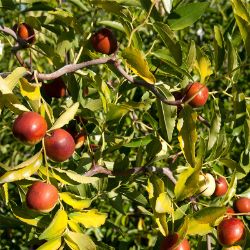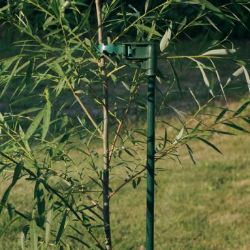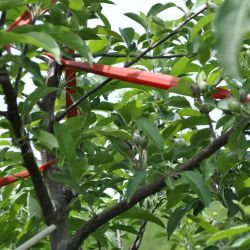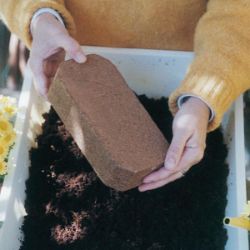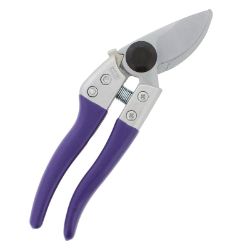Fertilizing Jujube Trees
Fertilize your jujube trees at the right time to support their growth. Apply fertilizer in late winter or early spring before new growth begins. This allows the tree to utilize nutrients for the upcoming growing season.
NOTE: This is part 4 in a series of 8 articles. For a complete background on how to grow jujube trees, we recommend starting from the beginning.
Choose the Right Fertilizer: Select a balanced, slow-release fertilizer with a ratio of nitrogen (N), phosphorus (P), and potassium (K). Look for a fertilizer specifically formulated for fruit trees. A balanced N-P-K ratio like 10-10-10 or 14-14-14 is generally suitable for jujube trees.
Measure and Apply: Follow the recommended dosage on the fertilizer packaging. Measure the correct amount based on the tree’s age and size. For young trees, use less fertilizer, gradually increasing as the tree matures. Spread the fertilizer evenly around the tree, avoiding direct contact with the trunk.
Apply to Drip Line: Apply the fertilizer to the drip line—the outer edge of the tree’s canopy where rainwater drips to the ground. This is where the majority of the feeder roots are located. Water the area thoroughly after applying the fertilizer to help it penetrate the soil.
Mulch Application: Add a layer of organic mulch around the base of the tree after fertilizing. Mulch helps retain soil moisture, suppresses weeds, and provides a slow release of nutrients as it breaks down. Keep the mulch a few inches away from the trunk to prevent rot.
Split Application for Mature Trees: For mature jujube trees, consider a split application of fertilizer. Apply half of the recommended dosage in late winter or early spring and the other half in early summer. This helps sustain nutrient availability throughout the growing season.
Monitor and Adjust Regularly: monitor the tree’s growth and health. If you observe signs of nutrient deficiency, such as yellowing leaves, adjust the fertilizer application in the following season. Avoid over-fertilizing, as this can lead to excessive vegetative growth with fewer fruits.













